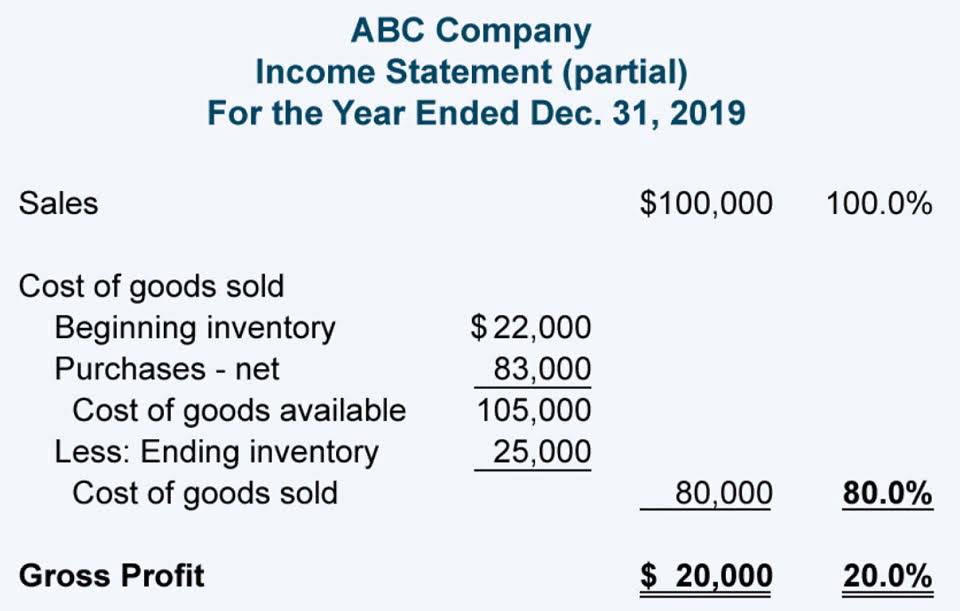
Externally issued financial statements generally will only show the amounts in the total column, but note that even the total column separates the “net assets” section of the balance sheet by fund (yellow highlights). According to Harvard Business Review, nonprofits must create financial statements for each group of funds. Each fund should self-balance, meaning its financial statements account for money in and out, noting if there is an excess or a deficit for each fund. Nonprofit leadership will then review these balance sheets to ensure the organization is on the right financial path. The process is used to evaluate the financial condition of the entity & to show reliable financial information regarding the entity for financial reporting.

grant allocation mistakes and best practices for…
- Fund accounting will manage data with an eye to tax season so that the preparation of investor K-1s or 1099s occurs promptly after the first of the year.
- Accurate recordkeeping involves detailed documentation of financial transactions and ensuring that all entries are correctly categorized and allocated.
- LPs commit different amounts to a fund, resulting in varied ownership percentages.
- For example, contributions may be listed under the 4000s, with individual contributions listed as 4100s and in-kind contributions listed as 4200s.
- The income generated from investing these funds can be used, but typically only in a manner specified by the donor.
- Fund accounting, like much of private equity, is constantly evolving and changing.
The main purpose is to maintain accountability and transparency for the money received from donors and grants. Fund accounting, like much https://www.bookstime.com/ of private equity, is constantly evolving and changing. One of the key drivers of that change is advances in fund accounting software.
- Fund accounting is a way for nonprofits to stay in control of their finances and make sure they’re living up to the public’s expectations when it comes to handling money.
- It also highlights areas of strength and weakness, providing transparency for funding sources.It allows nonprofit to manage the diverse streams of revenue they receive and monitor the donor restrictions often attached to revenue.
- Using a nonprofit accounting system helps monitor donor restrictions by separating different types of revenue into individual funds.
- Fund accounting conducts capital calls for committed funds as they are required.
- These include codes which classify donors, grants, projects, locations and more.
- Fund accounting software tends to be a bit more expensive but will minimize fund accounting mistakes.
Types of Funds
For example, in a church fund accounting chart of accounts, each fund has a numbered classification for easier categorization and decision-making. Donations may be recorded under the 2000s, with individual contributions under 2100s, donations in kind under 2200s, and so on. Nonprofits, also known as 501(C)(3) organizations, are the primary users of this accounting system. They rely on donations from supporters, federal and state funding, sponsorships, and grants to accomplish their essential missions and causes. Accounting fraud figures are lower when organizations use this type of accounting. This system ensures the received funds are allocated to the proper projects and causes, and supporters are honored with accountability and transparency from the organizations they support.
What is a Net Investment Hedge?

Separate funds are established for these entities to track how revenue and expenses are spent. “What” identifies the designated purpose of revenue in order to monitor the restrictions often attached to revenue received. By identifying revenue into appropriate designations, fund accounting enables organizations to keep the revenue it receives in the proper classifications and prevents this revenue from being spent on inappropriate expenses. It is important to note, nonprofits must use this revenue in the way the donor intended. However, nonprofits may use the earned income to carry out the organization’s ongoing activities. All in all, unrestricted funds can make a good case for themselves by providing organizations with flexibility, responsiveness, and additional income.
By putting your accounting needs in the hands of fund accounting experts, your organization will ensure you meet all of the Generally Accepted Accounting Principles (GAAP) and FASB requirements. This is a useful method of accounting when all of the funds an organization earns are recycled and reinvested back into the organization itself rather than collected as a profit. Hence, it provides the bifurcation in the treatment of both types of grants and provides traceability to the usage of funds having donor-specific restrictions or conditions. Similar to risk tolerance, investors should consider how long they have to invest when building a portfolio. In general, investors should move toward a conservative asset allocation as their goal date approaches to protect the portfolio’s earnings up to that point.
Track your funds using donation management software

The notion that every program activity, or grant received by your nonprofit must be set up as a separate fund causes confusion. Nonprofit fund accounting software offers numerous advantages for nonprofits, streamlining the tracking and reporting of financial activities. It helps organizations ensure that funds are used in accordance with donor intentions, maintain financial accountability, and generate accurate fund accounting meaning financial reports. Understanding the basics of fund accounting is essential for anyone involved in the financial management of a nonprofit organization. It provides insights into the organization’s financial health and helps ensure compliance with donor restrictions and legal obligations. Fund accounting categorizes funds into restricted and unrestricted categories, allowing for precise tracking and reporting.
An Intro to Nonprofit Fund Accounting: Lesson 2



